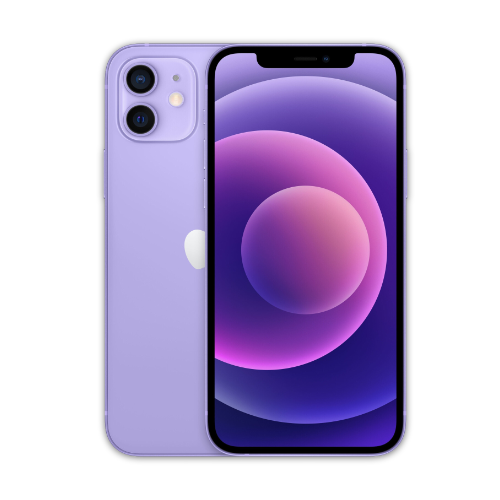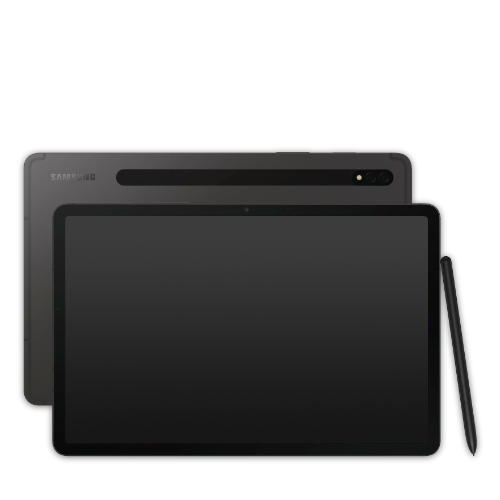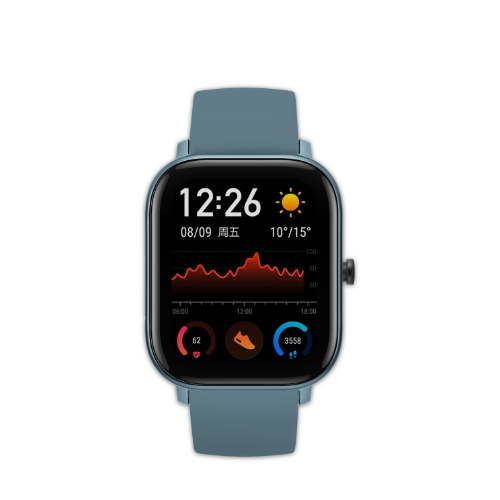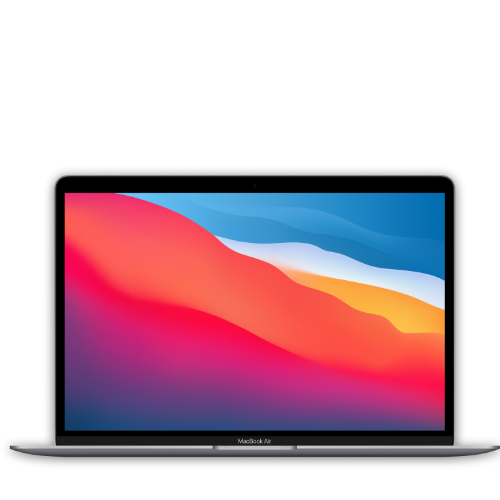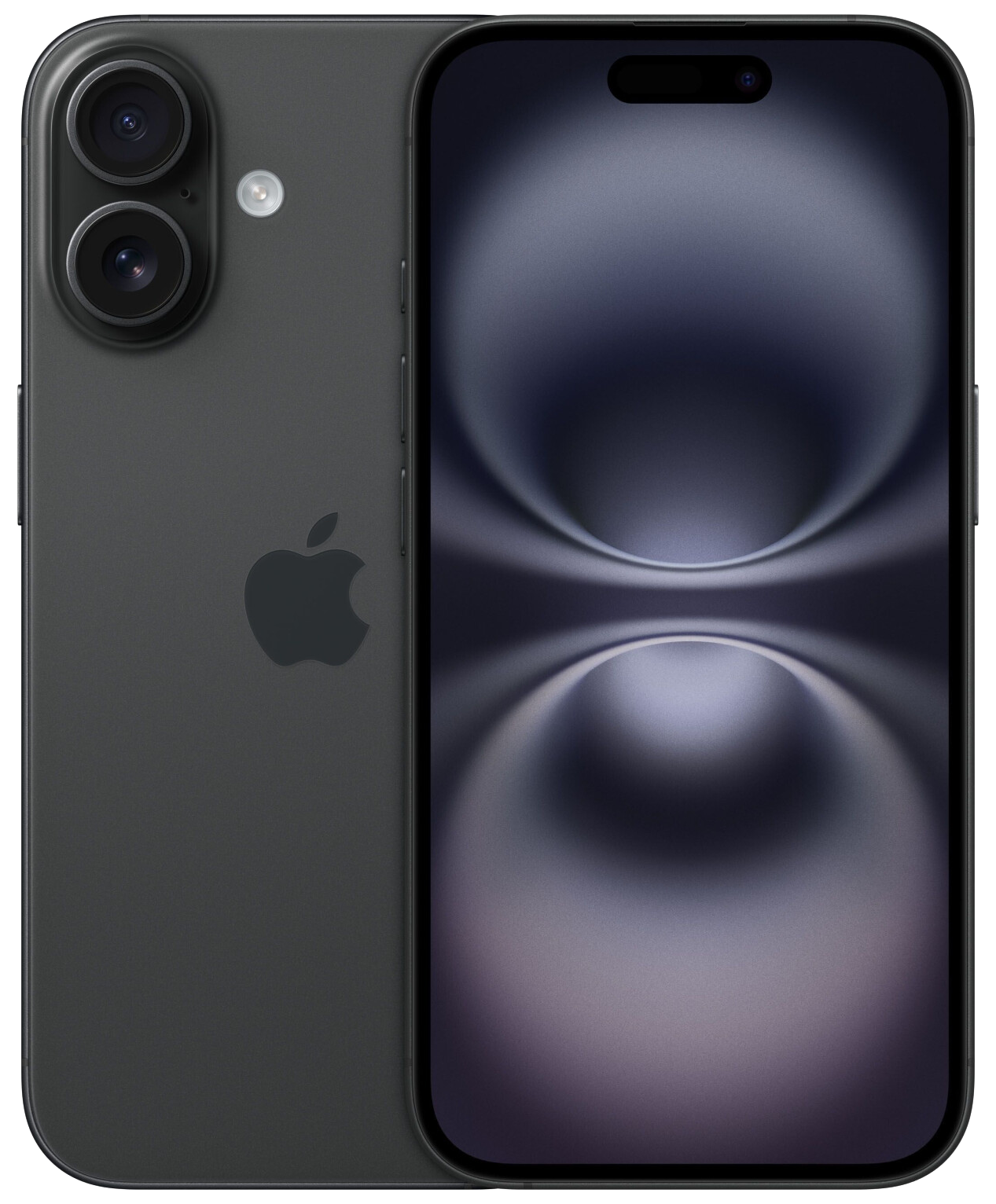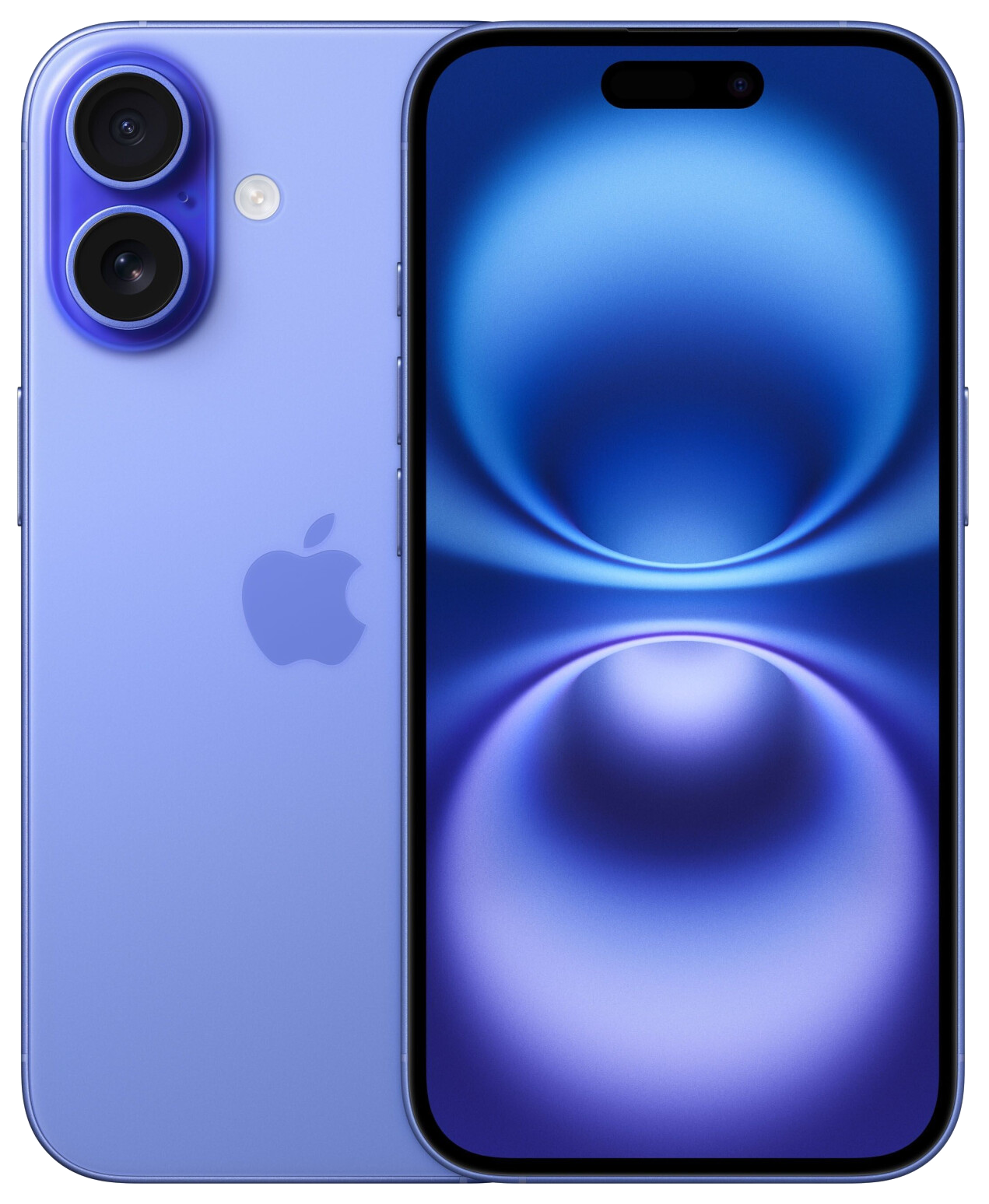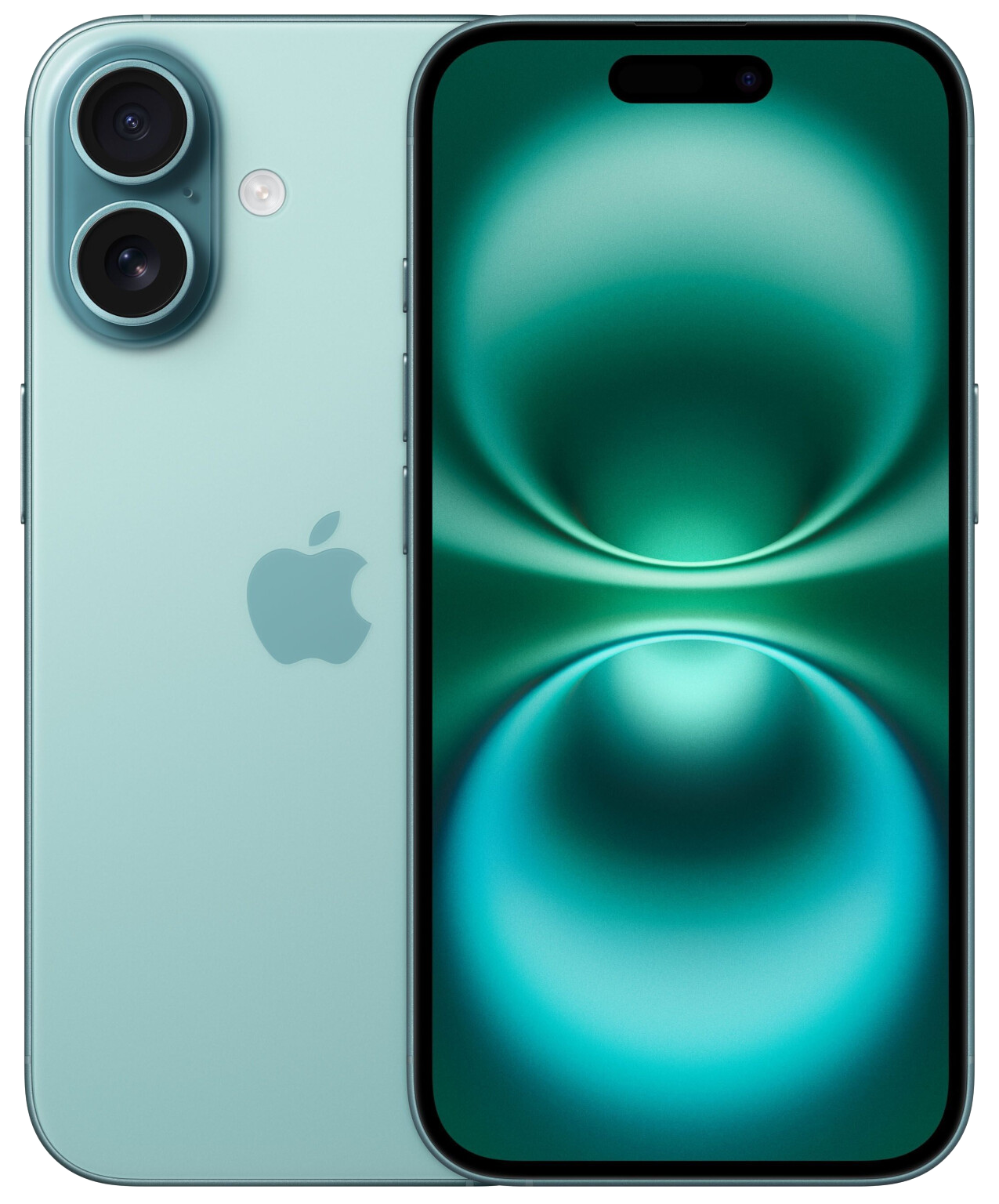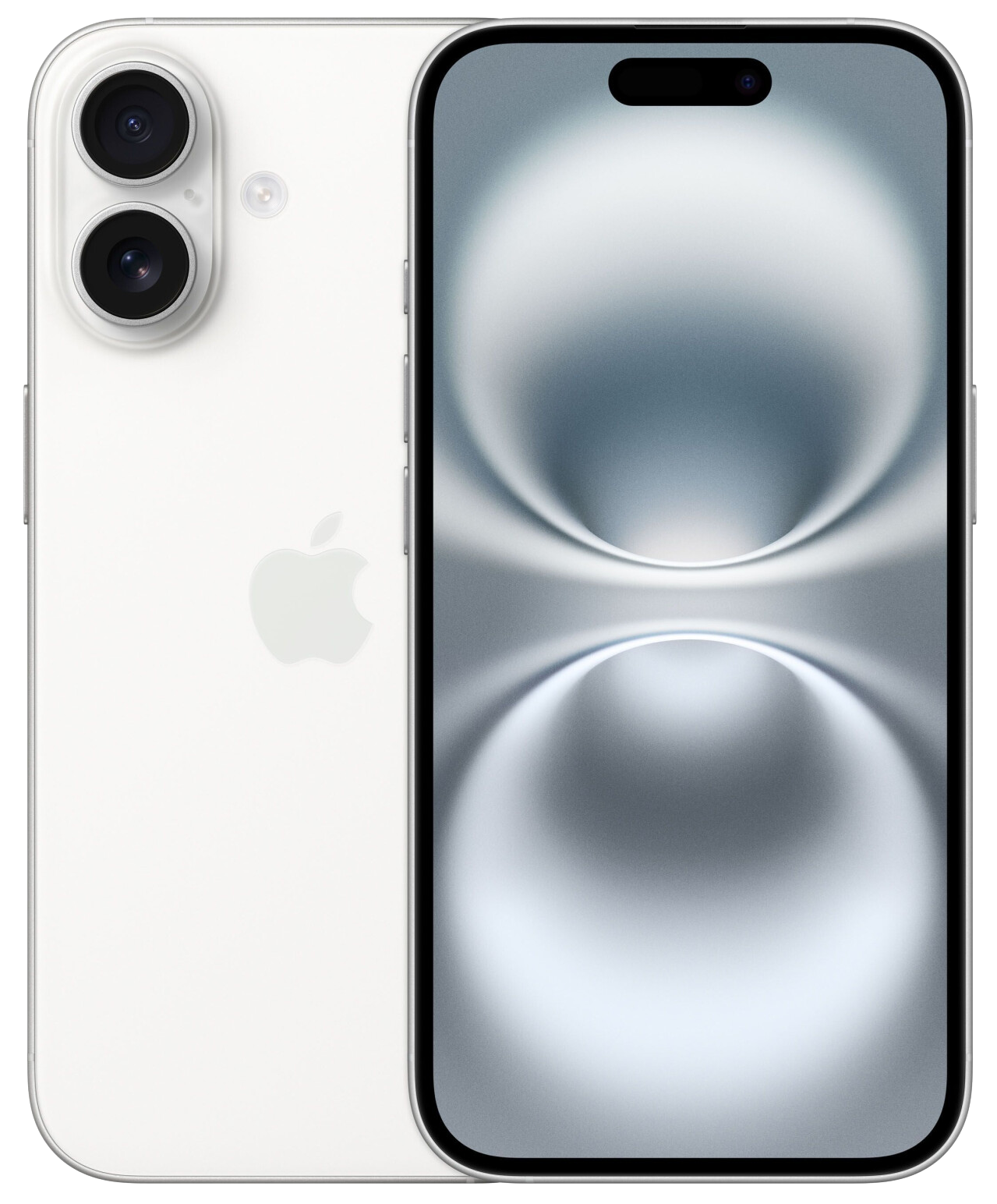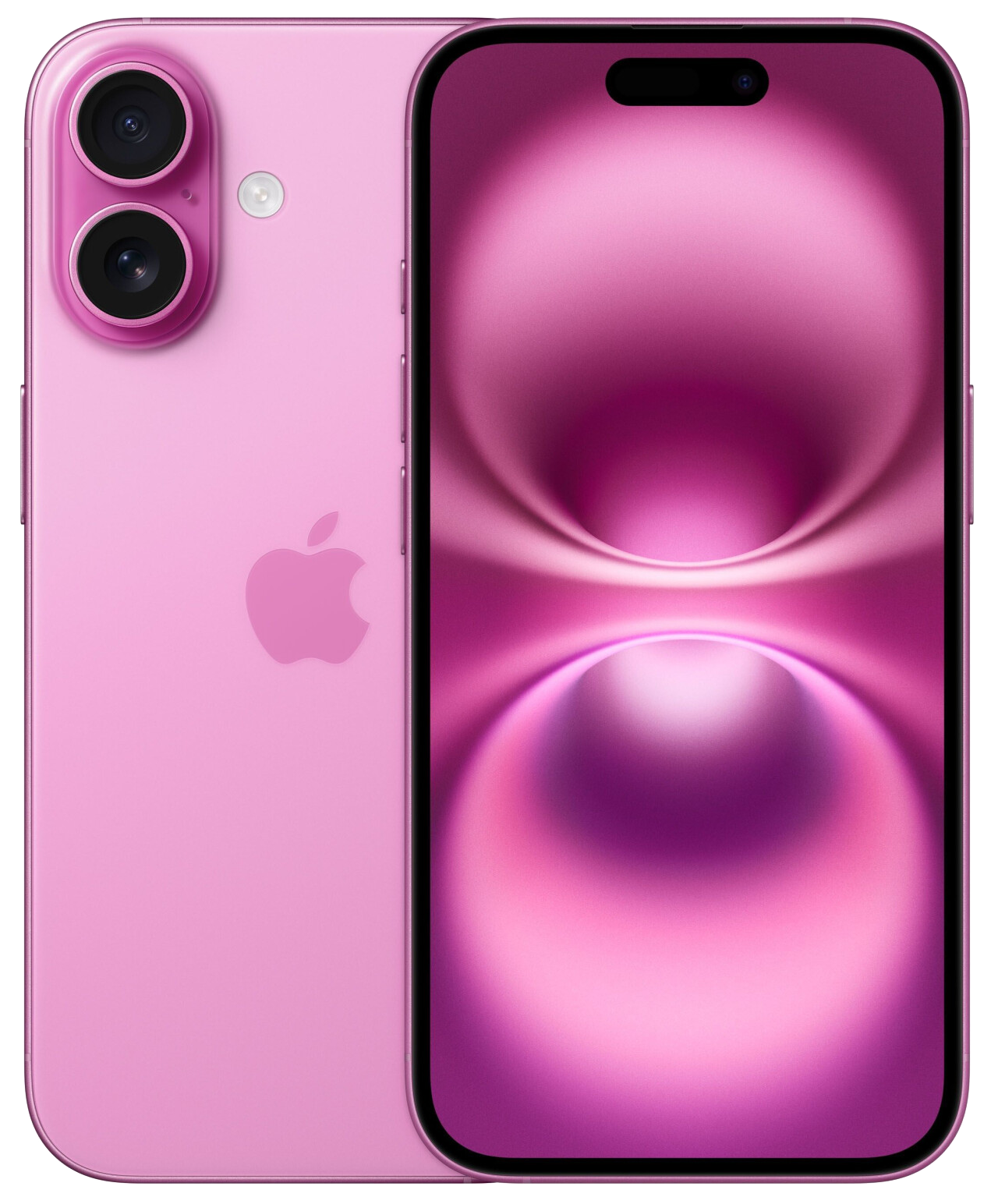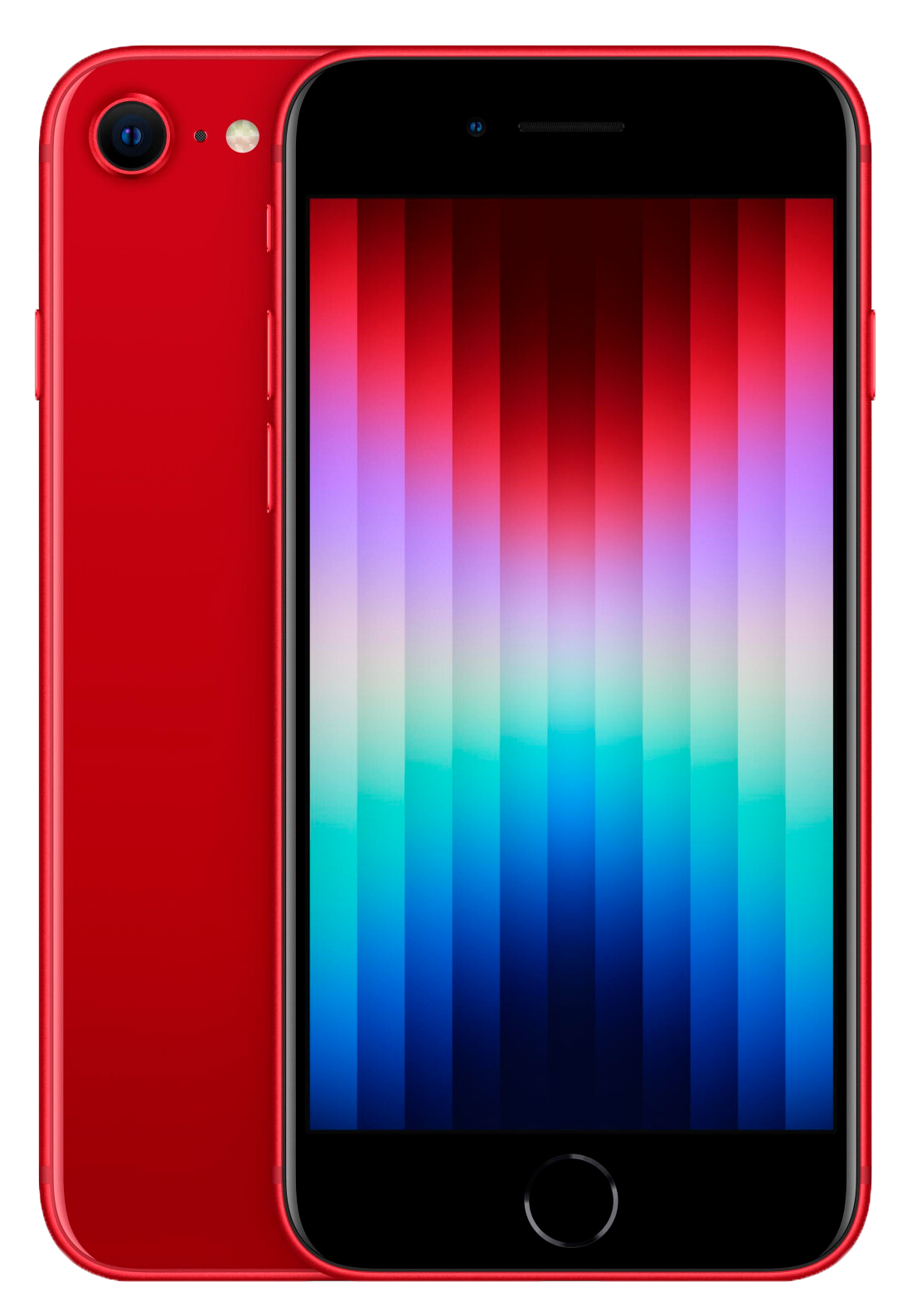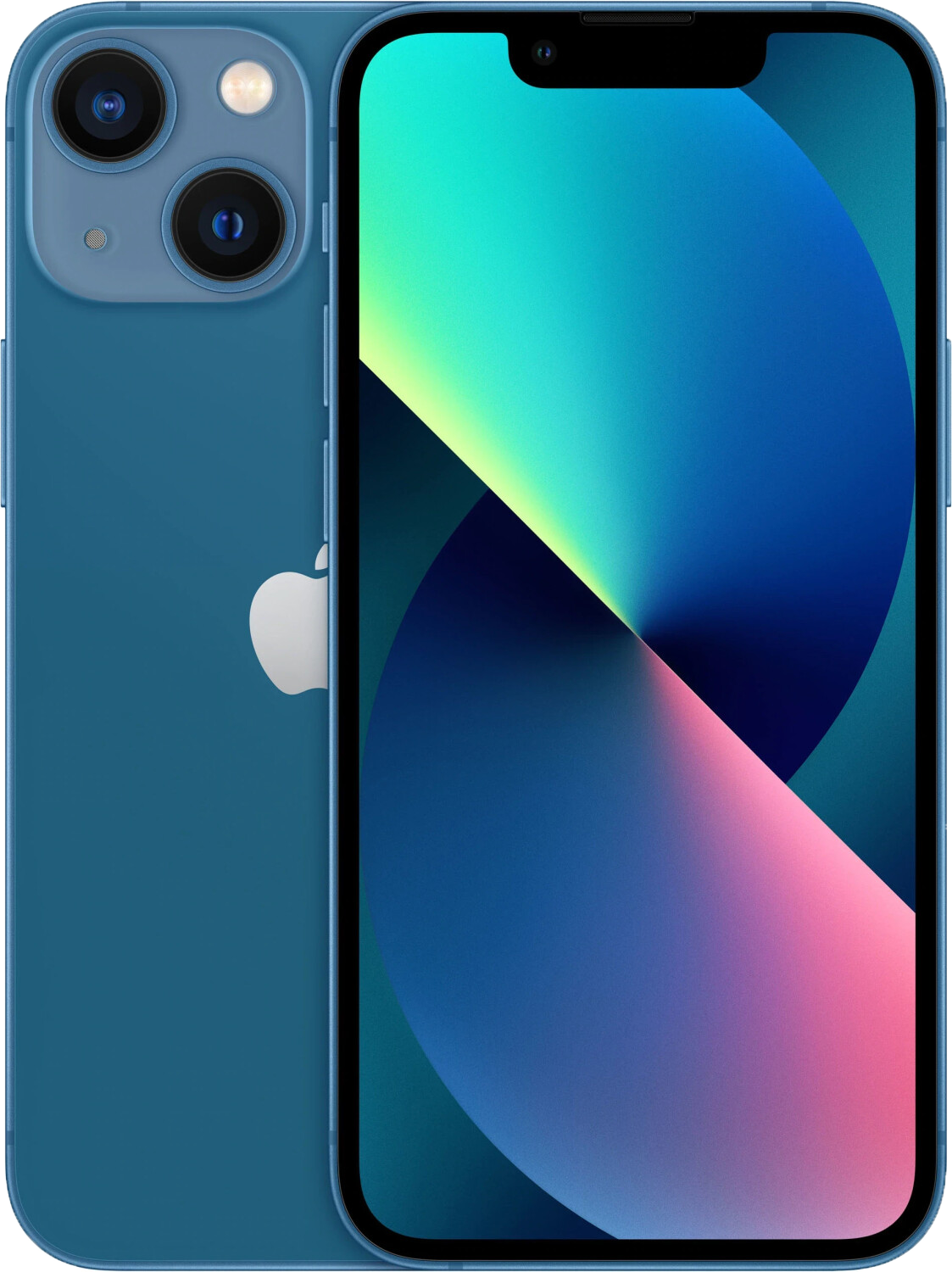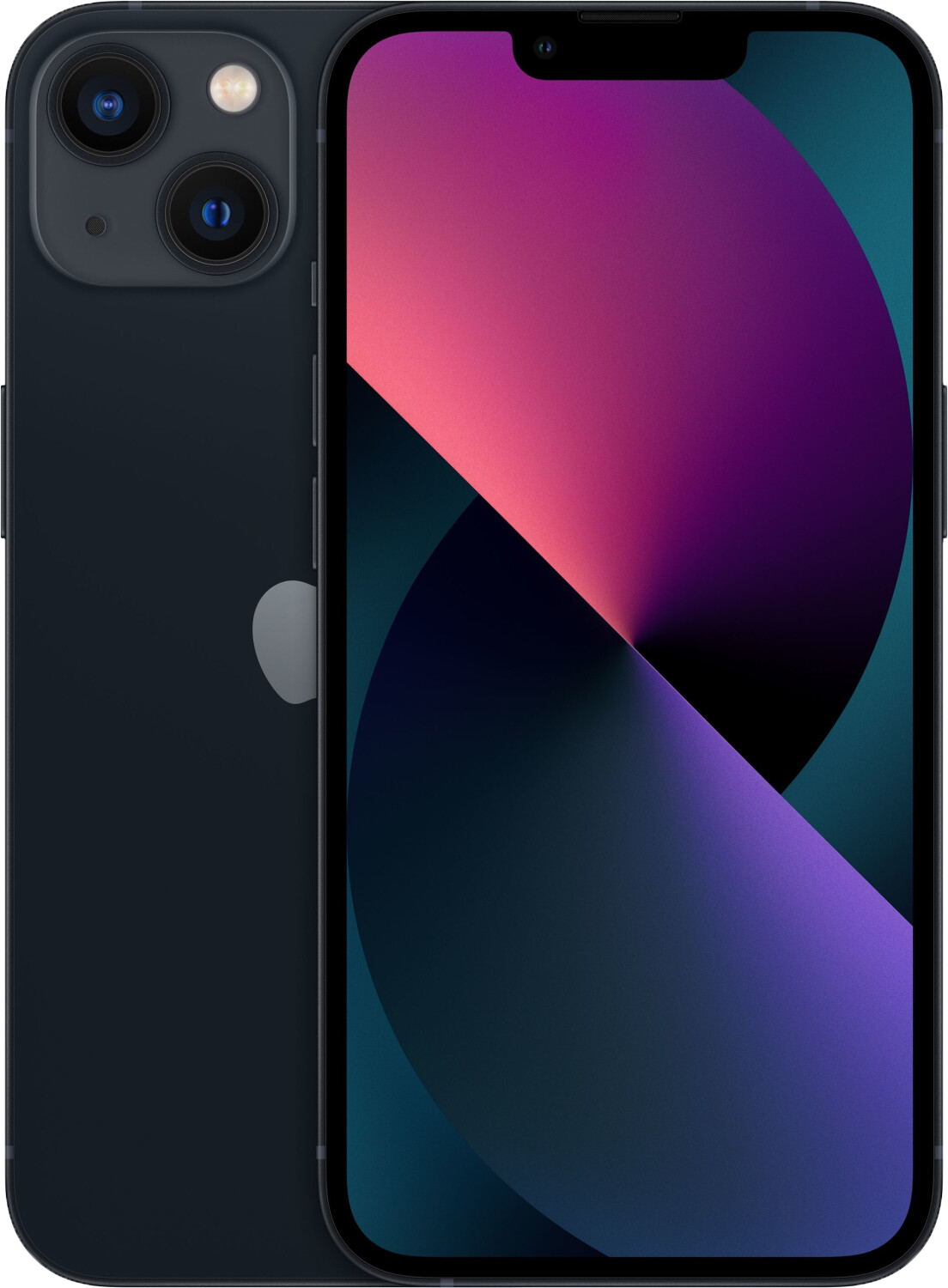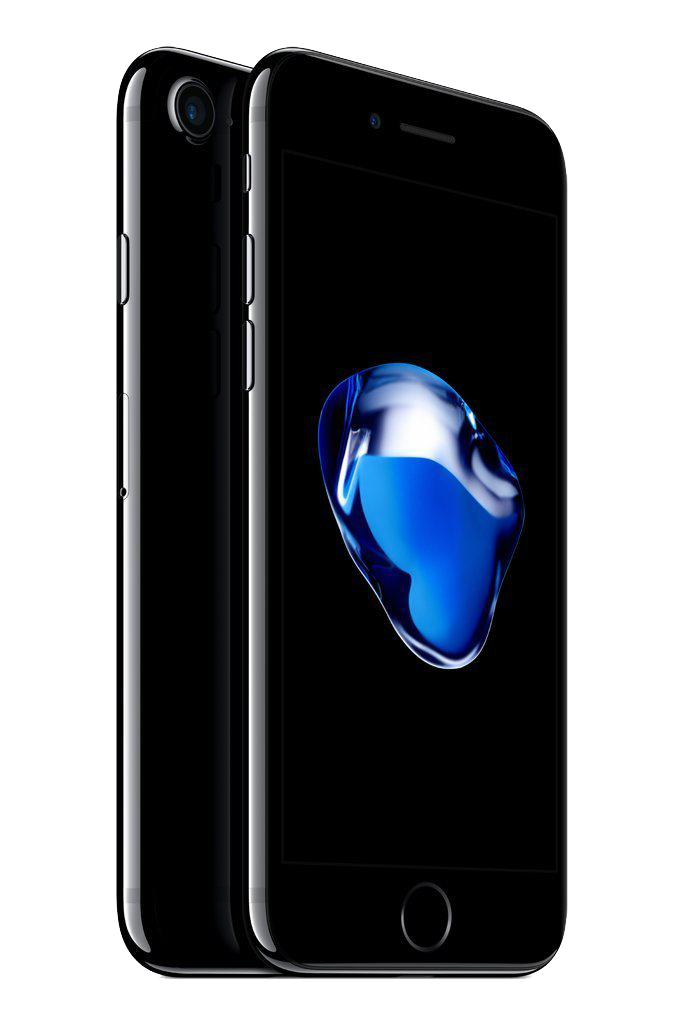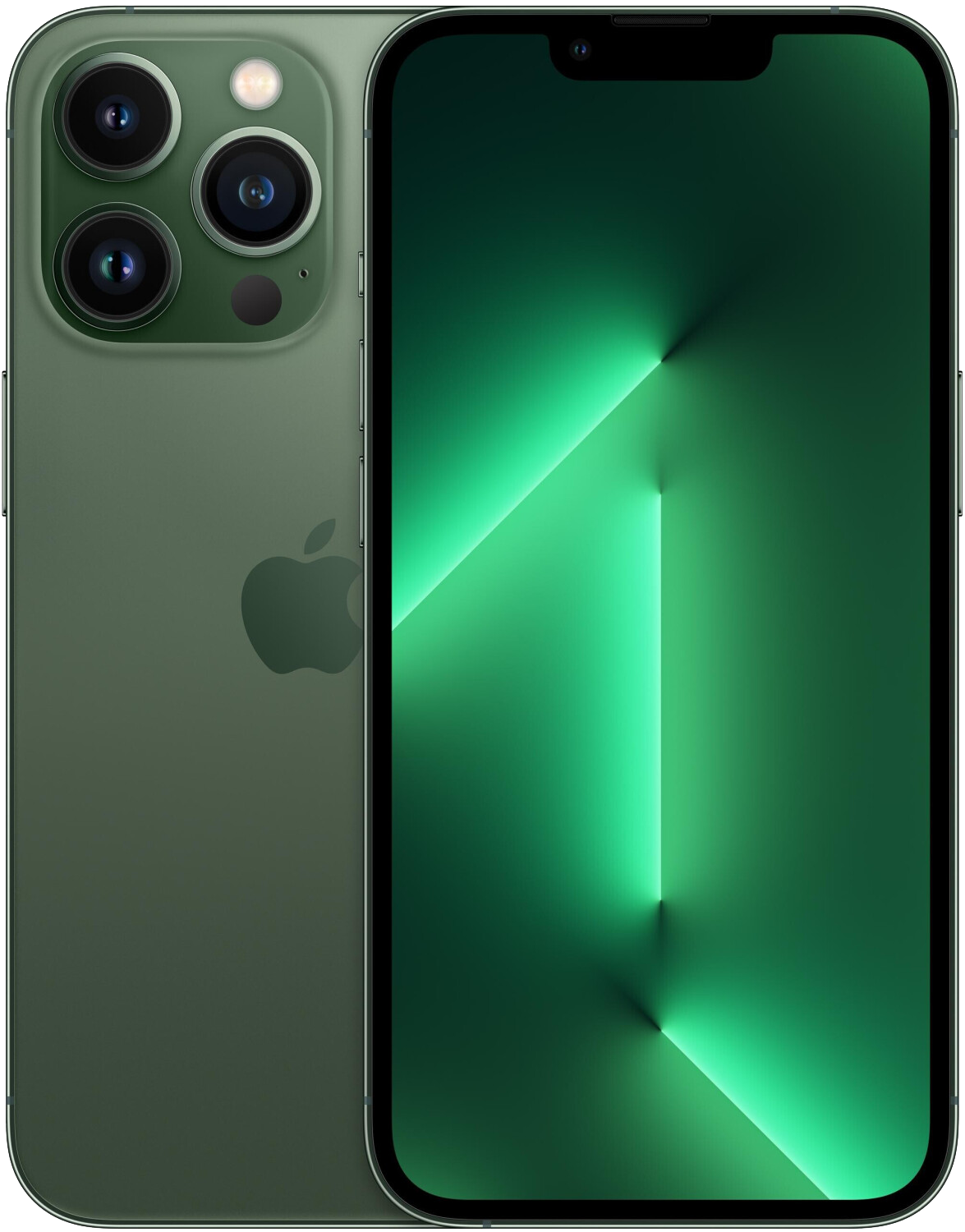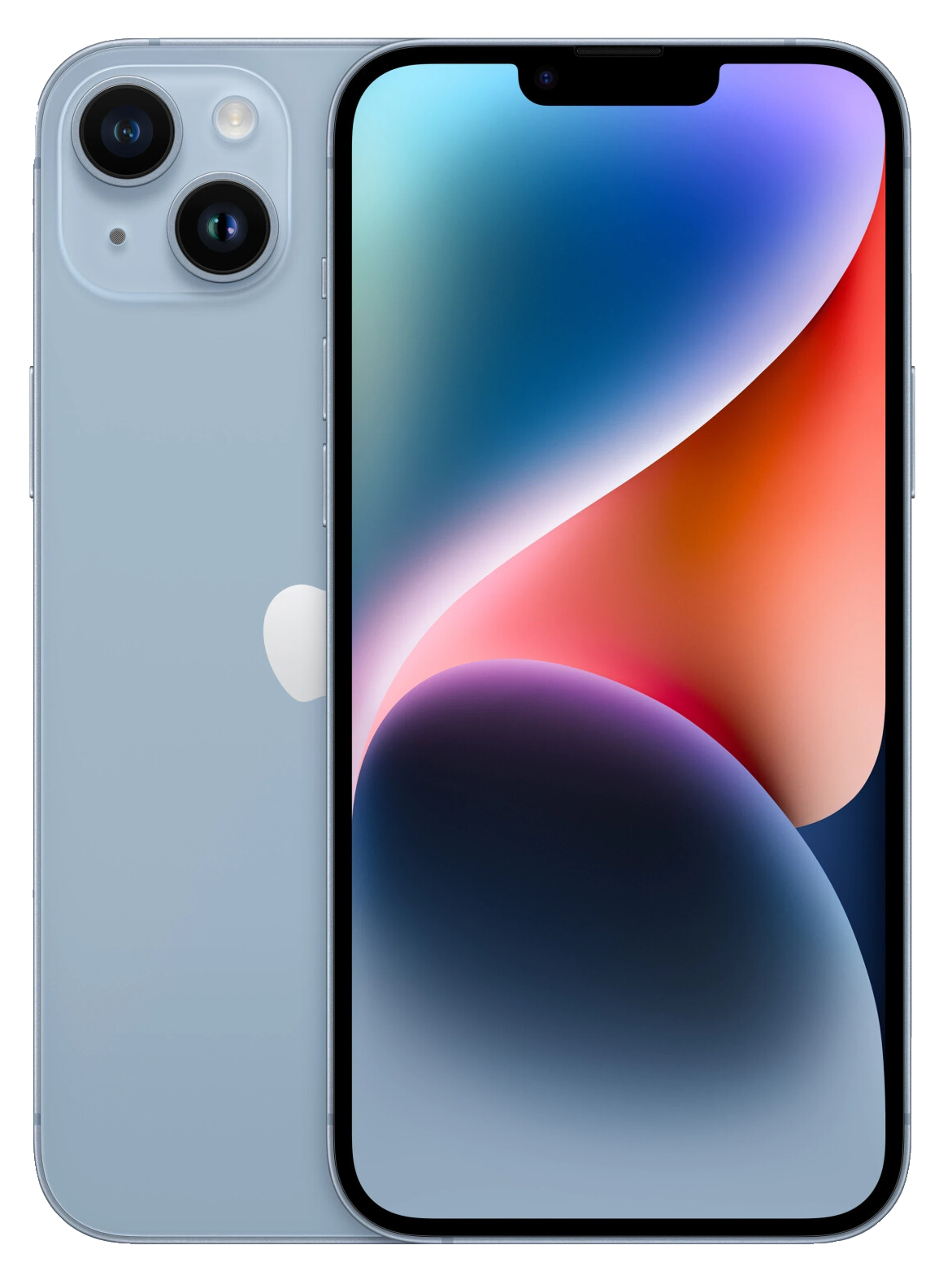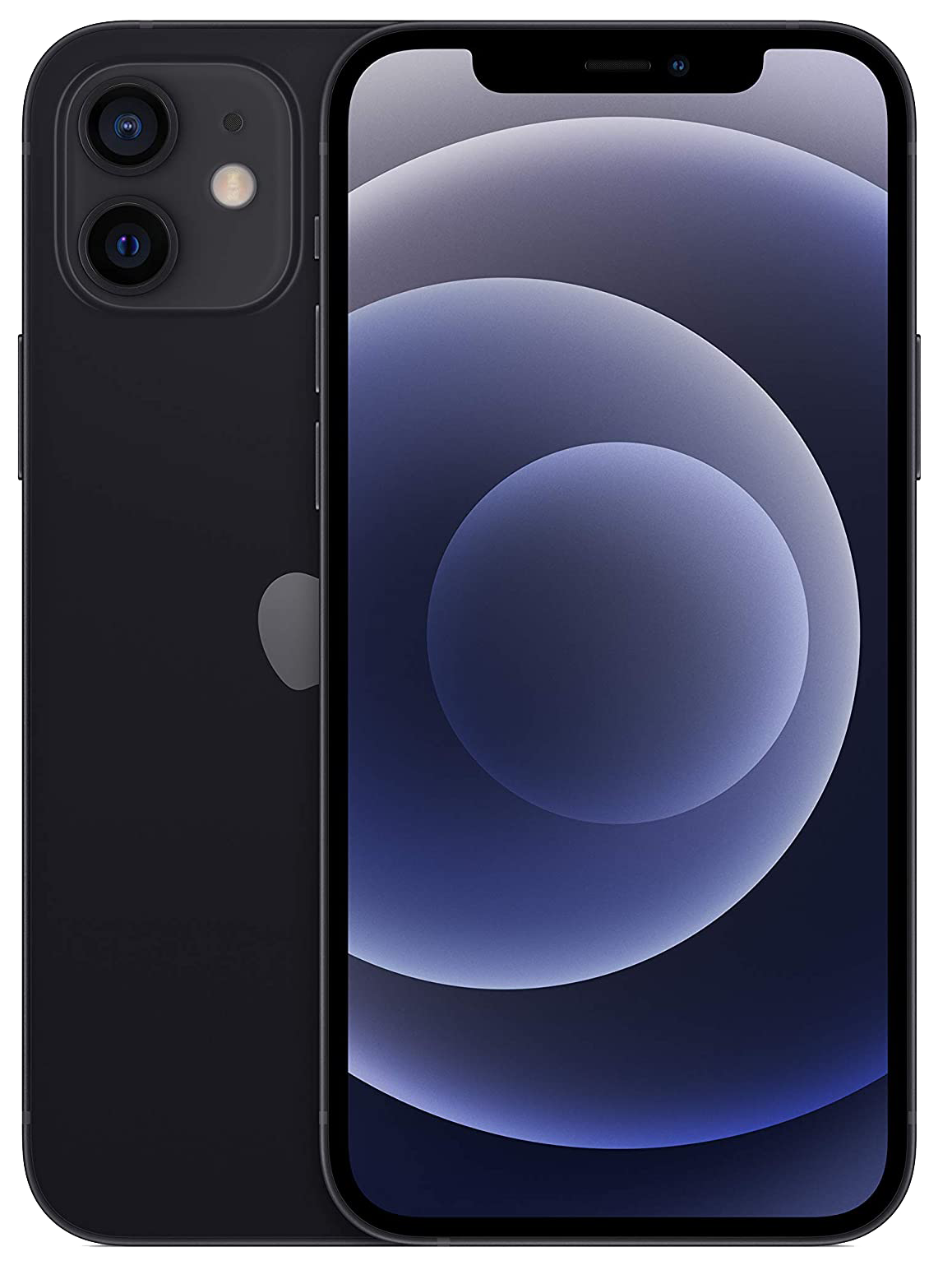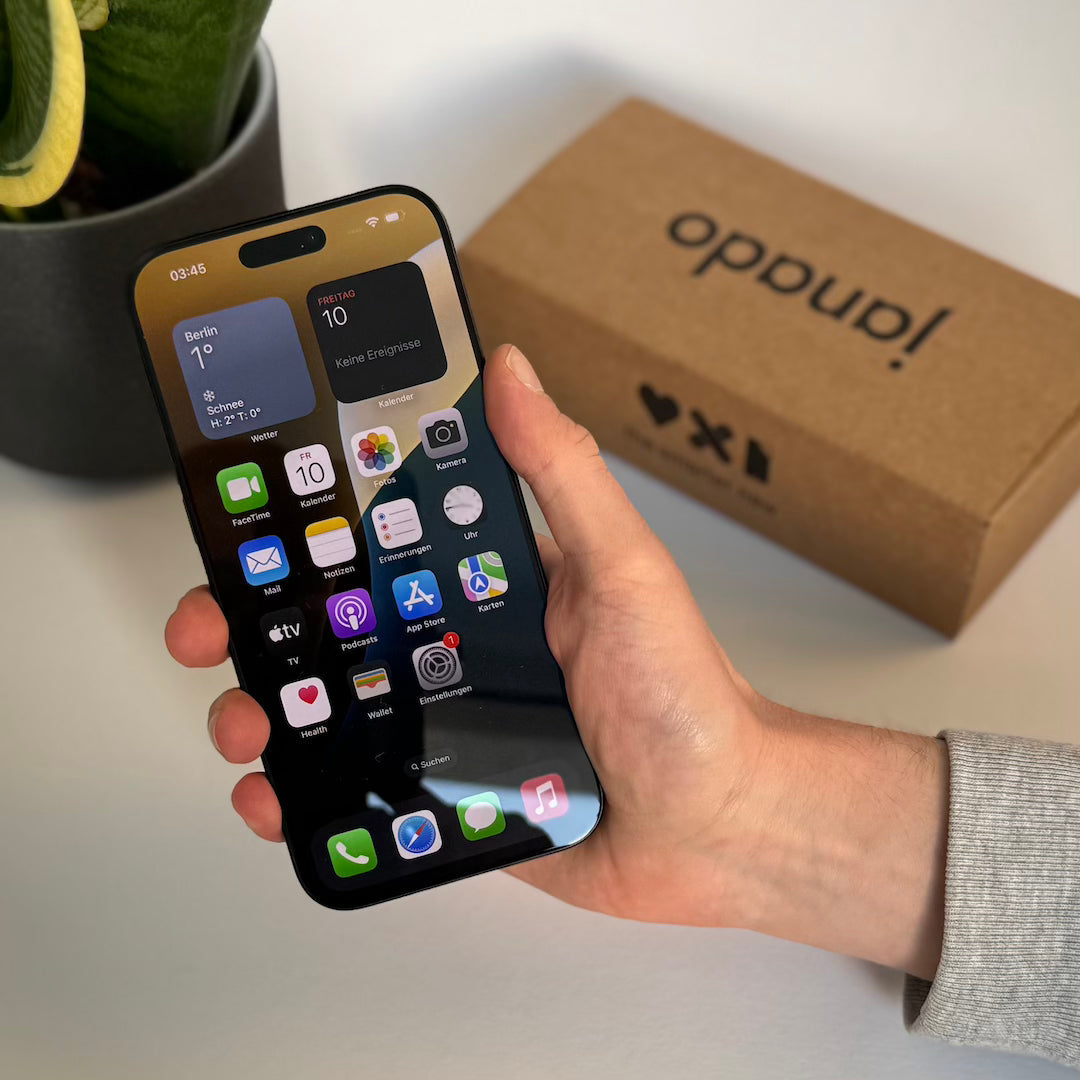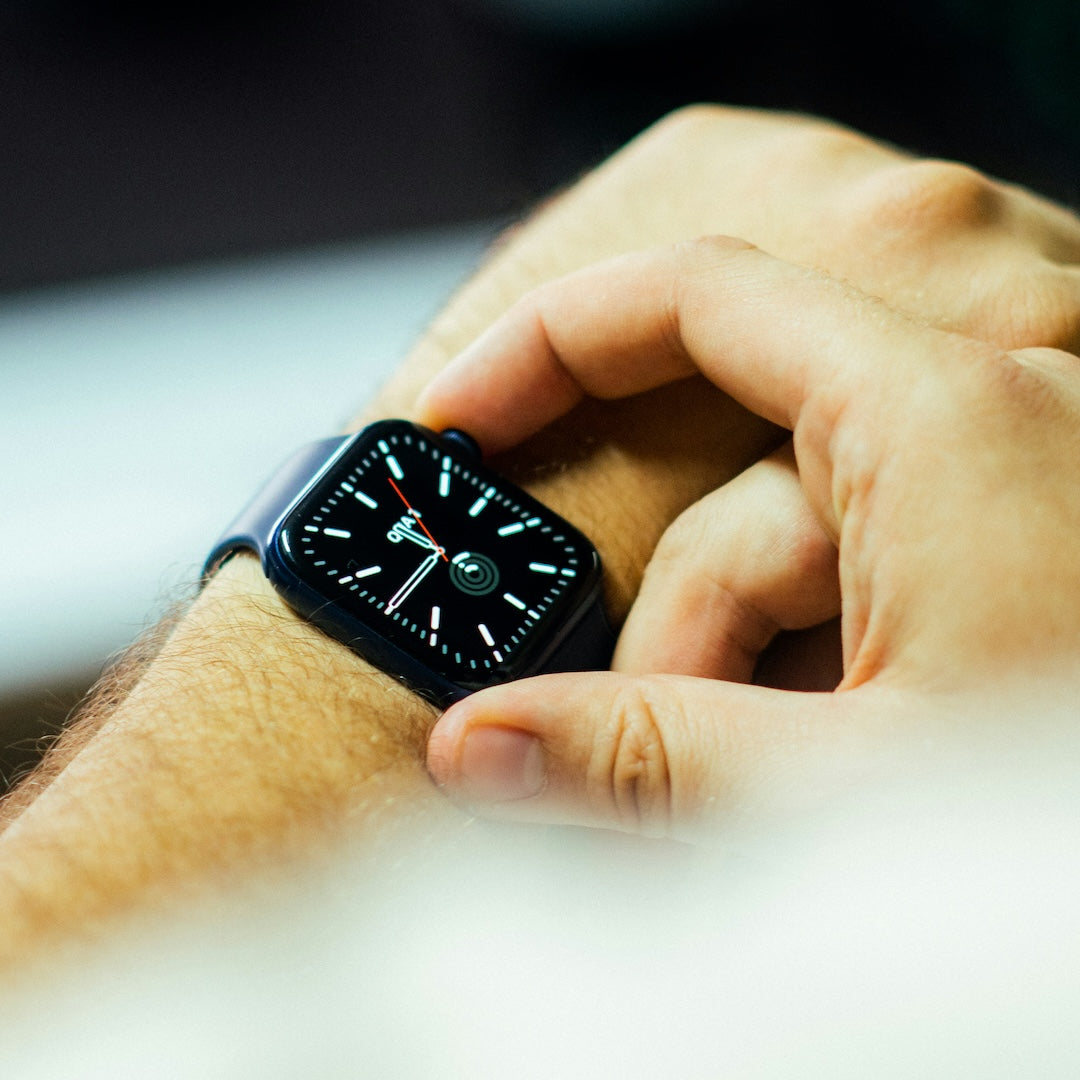Since September 9, 2024, the iPhone 16 series has been the latest series of Apple iPhones. With improved cameras, a powerful A18 chip and the new action button, it is intended to win over both technology nerds and standard users. The brand new Apple Intelligence in particular is causing a stir, but can it really convince? Given the price and the competition, the question arises: is it really worth buying? In this buying guide, we will create a preliminary analysis for you before the iPhone 16 has even been released. We will take a critical look at the most important features of the iPhone 16 and help you find out whether the new model is the right choice for you.
Technical Features at a Glance
display and design
The iPhone 16 and iPhone 16 Plus offer a sleek and modern design. The bezels around the display have become thinner, making the device look more elegant and the screen larger. You can choose between five colors: black, white, pink, teal and ultramarine.
The iPhone 16's display is 6.1 inches, while the iPhone 16 Plus's is 6.7 inches. Both models use an OLED display that gives you bold colors and deep blacks. The brightness has been improved so you can see well even in direct sunlight. However, the refresh rate remains at 60 Hz, which is a bit disappointing in 2024. While this is enough for most standard users, the display seems less fluid than on the Pro models, which makes more demanding users choose the iPhone 16 Pro.
cameras
The iPhone 16 and 16 Plus camera has some exciting new features, but not all of them are groundbreaking. The 48-megapixel main camera gives you more detail and a 2x optical zoom, which is especially useful for portraits and close-ups. It delivers sharp images, but compared to the iPhone 15, the difference is not huge.
The 12-megapixel ultra-wide-angle camera now has autofocus and can take macro shots, meaning you can photograph subjects up close with lots of detail. It also lets in more light, which makes for better photos in low light. For everyday users, this is a solid upgrade, but not a revolution.
There is also a new camera layout that arranges the cameras vertically, which is optimized for spatial photos and videos for the Apple Vision Pro. However, this feature is more interesting for special users.
There is also a new camera control button, with which you can directly adjust functions such as zoom and exposure. Certainly practical for enthusiastic amateur photographers, but perhaps not crucial for others.
Overall, the cameras are improved, but only owners of older models or photography enthusiasts will really notice the difference. If you already have an iPhone 15, the new features may not be enough to make you switch straight away.
Performance
The iPhone 16 and iPhone 16 Plus feature the new A18 chip, which offers a significant improvement in performance and energy efficiency. The chip is manufactured using an advanced 3-nanometer process, resulting in higher performance while consuming less energy. Apple says the A18 chip is up to 30% faster than the A16 chip in the iPhone 15 while consuming 30% less energy. This has a positive effect on battery life, especially during intensive use.
The A18 chip contains a 6-core CPU (two performance cores for demanding tasks and four efficiency cores for lighter tasks) and a 5-core GPU that is specifically optimized for gaming and graphically intensive applications. In addition, the A18 supports ray tracing, which makes games look more realistic.
Another highlight is the 16-core neural engine, which is used particularly for artificial intelligence and machine learning tasks. This enables, among other things, faster image and language processing as well as the integration of Apple Intelligence functions.
battery life
The Tech YouTuber Mrwhosetheboss has in his video the battery life the new iPhone 16 series. He also compared the iPhone 16 with the battery life of the iPhone 15 and the Samsung Galaxy S24 Ultra. With intensive use, the iPhone 16's battery lasted 16 hours and 19 minutes, only about 30 minutes longer than its predecessor, the iPhone 15, but just as long as the iPhone 16 Pro. The iPhone 16 Plus' battery lasted a little longer, 8 hours and 45 minutes with intensive use. The Samsung Galaxy S24 Ultra lasted the longest, however, with a runtime of 12 hours and 30 minutes. In the end, it can be seen that both the iPhone 16 and the iPhone 16 Pro last only slightly longer than the iPhone 15 and significantly less than the Galaxy S24 Ultra.
Is the iPhone 16 battery bad?
Although the battery performed well in Mrwhosetheboss's test, more and more users are reporting battery problems. Complaints on Reddit, the Apple Support Communities and the Mac-Roumors forums show that the problems have increased since the iOS 18 update. Some users complain that the battery drops to 60% in a short time - without intensive use. Other users also notice a significant loss of battery even in standby mode. And the problem persists even after deactivating functions such as Always-On Display or ProMotion. It is suspected that a bug in the iOS 18 update is responsible for the rapid battery loss. The update to iOS 18.1 helped some, but that does not apply to everyone.
What can the new keys do?
Action button:
This button, which replaces the classic mute button, is customizable. You can set it to perform different functions, such as launching the camera, recording voice memos, or opening apps of your choice. This gives you direct access to important actions without having to search through the menus. Originally only introduced for the Pro models, the Action Button is now also available on the iPhone 16 and 16 Plus.
Camera control button:
This new pressure-sensitive button allows you to easily take photos and videos. It works similarly to the shutter button on a DSLR camera. You can use different levels of pressure to directly control the zoom, aperture or other camera settings. This button helps you quickly switch between camera functions and make your recordings easier.
Apple Intelligence
With the upcoming updates to iOS 18.1, iPadOS 18.1, and macOS Sequoia 15.1, Apple Intelligence will be available for compatible devices starting in October 2024. This includes the iPhone 16 series, the iPhone 15 Pro models, and all iPads and Macs with M1 processors or later.
Initially, however, Apple Intelligence will only be available in US English, with availability expanding to other English-speaking countries such as Australia, Canada, New Zealand, and South Africa starting in December 2024. Support will eventually expand to Chinese, French, Japanese, and Spanish in 2025.
Apple Intelligence is not planned to be available in Germany for the time being. It is also noticeable that only a beta version is being released, which does not yet contain all functions. Image generation and the ability to integrate the screen content into Siri requests will only follow later. Compared to competitors such as Google, which already offer more comprehensive AI features in their Pixel 9, Apple is bringing its functions to market more slowly and will gradually expand them over the coming months.
The features available in the first beta version include:
- Writing Tools: Rephrase, correct and summarize texts in Mail, Notes and Pages
- New Siri features: new design with luminous edge, seamless switching between text and voice interactions
- photos: search for specific photos using simple language
- email: intelligent summary of your emails and suggestions for quick replies
- Focus mode: the new Reduce Interruptions feature lets only important notifications through
First practical tests: How does the new standard iPhone perform?
The iPhone 16 models are now officially available and the first hands-on reports have made the rounds. The well-known blog MacRumors has also published a video testing the new features of the iPhone 16The reviewers' first impressions provide an exciting picture:
The Action Button – versatile, but not perfect for everyone
The action button, which is now also available in the standard models, is rated by MacRumors reviewers as a useful and customizable addition. The flexibility to configure the button for different functions was particularly positively highlighted. The testers liked the option of directly launching the camera or other apps, for example.
However, it is noted that the placement in portrait mode takes some getting used to. In landscape mode, the button is ideally positioned, but those who primarily use the iPhone in portrait mode may find the button less intuitive. Overall, however, it was seen as a practical innovation that could become even more versatile in future software updates and apps.
Camera control – technological sophistication with potential
A highlight of the new iPhone 16 models is the camera control, which MacRumors described as innovative. The testers were particularly impressed by the ability to control various settings such as ISO and zoom directly on the button. This function could be particularly interesting for ambitious amateur photographers and creative users.
However, the reviewers found the operation not quite as intuitive as they had imagined. The combination of physical and capacitive buttons requires a little more sensitivity, especially with the light pressure gestures.But once you get used to it, the camera controls offer a convenient and quick way to adjust settings.
First conclusion of the testers
The first impressions of the MacRumors testers are largely positive. The iPhone 16 offers useful improvements, especially in the area of the camera and user-friendliness. Minor points of criticism such as the placement of the action button or the time it takes to get used to the camera controls are more likely to be of interest to users who want to be familiar with the new functions immediately. However, with a little time and practice, these functions could significantly enrich everyday life for many users.
Review – What the Tech YouTubers say
The Tech YouTuber Marques Brownlee tested the new iPhone 16 in his video and evaluated. We have summarized the advantages and disadvantages.
Advantages
- Action and camera control buttons: The iPhone 16 inherits the action button from last year's Pro models and adds a new camera control button that offers more control over the camera.
- Larger batteries: All models have slightly larger batteries, with an increase of about 6% in the standard models and 9% in the Pro models.
- Faster charging: Up to 45-watt wired charging and 25-watt wireless charging via MagSafe.
- A18 chip: This chip offers 10% better performance, especially for demanding tasks and future AI features.
- Camera: The new Camera Control feature gives users more control over their photos, such as adjusting exposure and tones.
- More RAM: All iPhone models now have 8GB of RAM, which will benefit future AI features.
Disadvantages
- Barely noticeable battery life improvement: Despite the larger batteries, the battery life in everyday use is hardly better than the previous model.
- No figures on battery life: Apple does not provide detailed information about the actual battery capacity, only about the video playback time.
- Complicated camera control: The new camera controls are complicated and probably too fiddly for most users. The placement of the button is impractical for portrait shots.
- Unfinished AI features: Although Apple markets the new iPhones as AI-capable, many of the announced AI features are missing and will only be available later via a software update.
- No fast charging station: Faster charging is possible, but the appropriate charging adapter is not included.
- 60 Hz display on standard models: The standard iPhone still only has a 60Hz display, which is not enough for some users in this price range.
For whom is it worth buying an iPhone 16 (Plus)?
Buying the new iPhone 16 is especially worthwhile for power users who are looking for maximum performance and new features. Thanks to the A18 chip, it offers a significant increase in performance, which pays off in gaming, augmented reality and computationally intensive applications.Photography enthusiasts will also benefit from the improved cameras, the camera control button and the ability to take spatial photos and videos. Anyone who works a lot with videos or photos will appreciate the new image editing functions.
For users who already have an iPhone 15 or do not place as much value on high-end features, the upgrade is less worthwhile. The differences to the previous models are noticeable, but not so great that the high price is justified for everyone. If you use the iPhone mainly for standard tasks such as surfing, social media or simple photography, an older model may be sufficient.
Conclusion
The iPhone 16 (Plus) offers solid improvements in terms of performance, camera and usability. The A18 chip increases performance for demanding applications such as gaming and AI functions. Photography enthusiasts in particular benefit from the improved camera with camera control button and new functions such as spatial photos and videos. It is a shame that the display still has a refresh rate of only 60 Hertz - many will probably opt for the more expensive iPhone 16 Pro because of this.
For power users and those who value the latest technology, the purchase is worthwhile. However, those who already own an iPhone 15 or use the smartphone for everyday tasks may find the big price difference less justifiable. The upgrade is more interesting for those who want to take full advantage of the new high-end features.
However, the new Apple Intelligence, which brings exciting AI features such as text editing and photo enhancement, is not available in Germany for the time being. This could be a deciding factor for buyers who are waiting for these features.

